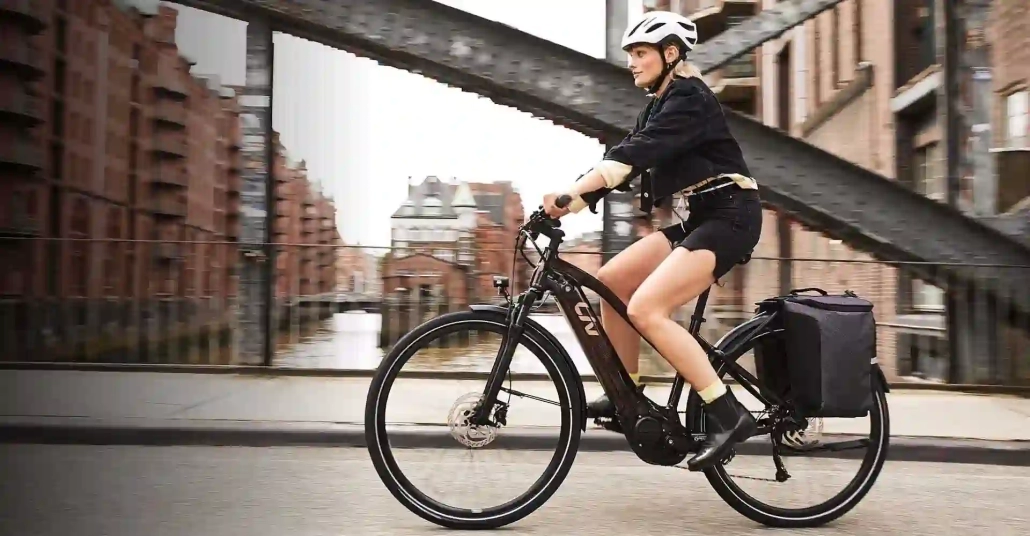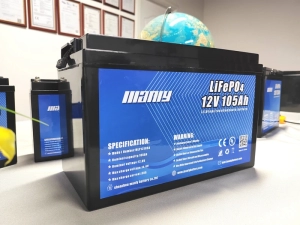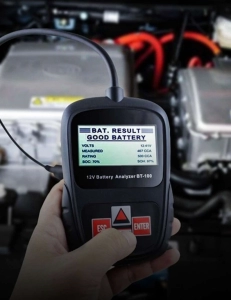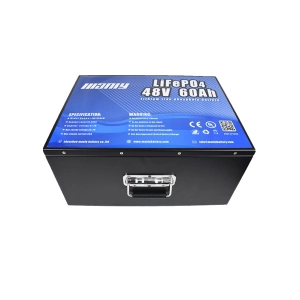Lithium E-Bike Battery: What to Look for
Table of Contents

The Unique Requirements for a Lithium E-Bike Battery
When you think of a battery-powered bike, you probably look at things like your laptop, phone, or small household electronics where you simply put a battery in, and everything works just fine.E-bike batteries are more complicated than that.An e-bike has to be able to perform under a wide variety of conditions, and the battery used to power it needs to be able to handle all of those. If it doesn’t, it can easily turn into a danger for the rider, fail, or perform poorly and ruin your e-bike performance.Here’s a breakdown of the different requirements every e-bike battery needs to meet in general.1: High Stability
Anything can happen while you’re riding an e-bike. You can hit a large pothole and fall off, take a particularly bumpy road, and jostle all of its components, or you can just encounter a sudden stop that slams the battery forward.There are restraints used to prevent the battery from bouncing around, but there’s still a chance of you impacting it.A lithium e-bike battery must be highly stable and well-protected against impacts. If not, a sudden jolt can cause a fire that is dangerous and difficult to put out, or the battery can simply fail.2: Capacity
E-bikes are efficient, but they still burn through a ton of power quickly if you’re relying entirely on their motor to power your ride. Some of them have hybrid systems where you can pedal with the assistance of the motor to make the ride easier without burning through your battery, and most of them can be powered 100% manually, but being able to zoom around for long distances is a major feature of an e-bike.A battery with a high capacity is absolutely crucial to ensure you can travel 10, 15, 30, or even more miles without having to stop for a charge.You’re mainly going to want to look at the watt-hour rating of whatever battery you’re buying. The higher it is, the better. Unfortunately, a lot of battery manufacturers cap their batteries off at a fairly moderate limit for a variety of reasons.The standard watt-hour rating for an e-bike battery is about 300, but 1000 or higher is desirable.3: Current Protection
Your lithium e-bike battery will be used outdoors, and while you can do your best to avoid certain hazards, you will eventually expose your bike to water. Whether that’s from a puddle getting splashed by a passing car or you simply get caught in the rain.There are also constant vibrations that can cause connectors to wiggle loose or behave abnormally, and since your e-bike is controlled via a small onboard computer, that too can cause problems with your battery's electrical discharge.Even plugging your battery in to charge it can expose it to current problems.All of those situations can cause short circuits, overcurrent issues, undercurrents, and other electrical problems.If you choose a battery that is protected against those issues, you can rest assured that repairs are minimally required, and your battery is safe if anything goes wrong.Good e-bikes have several measures in place to prevent those problems as much as possible, but it’s still helpful to know that your battery can handle a freak electrical problem.4: Battery Indication
This is more of a minor feature, but it does help to keep you from dealing with inconvenient situations such as running out of battery mid-trip or leaving the house without enough battery to get home.Good lithium e-bike batteries will have onboard indicators to show how much energy you have left before it’s time to charge. The more detailed this indicator is, the better. Preferably, a full digital display is better than the standard dot indicators with LEDs.5: Charging Speed
You’re always going to have to deal with a fairly lengthy charging period when you’re dealing with high-capacity batteries, but you can’t afford to have a battery that takes hours to charge. Especially if you’re relying on your e-bike to commute to work, handle your grocery shopping, or anything else that you simply cannot afford to be delayed with.A good lithium e-bike battery should go from dead to full within an hour or two. That’s still a timeframe that you need to plan for, but it is far more reasonable than the batteries that require 3, 4, or even 5-hour charges. That can easily cost you when you have to get to work or make a last-minute grocery trip, but your bike is still several hours away from being charged.




















